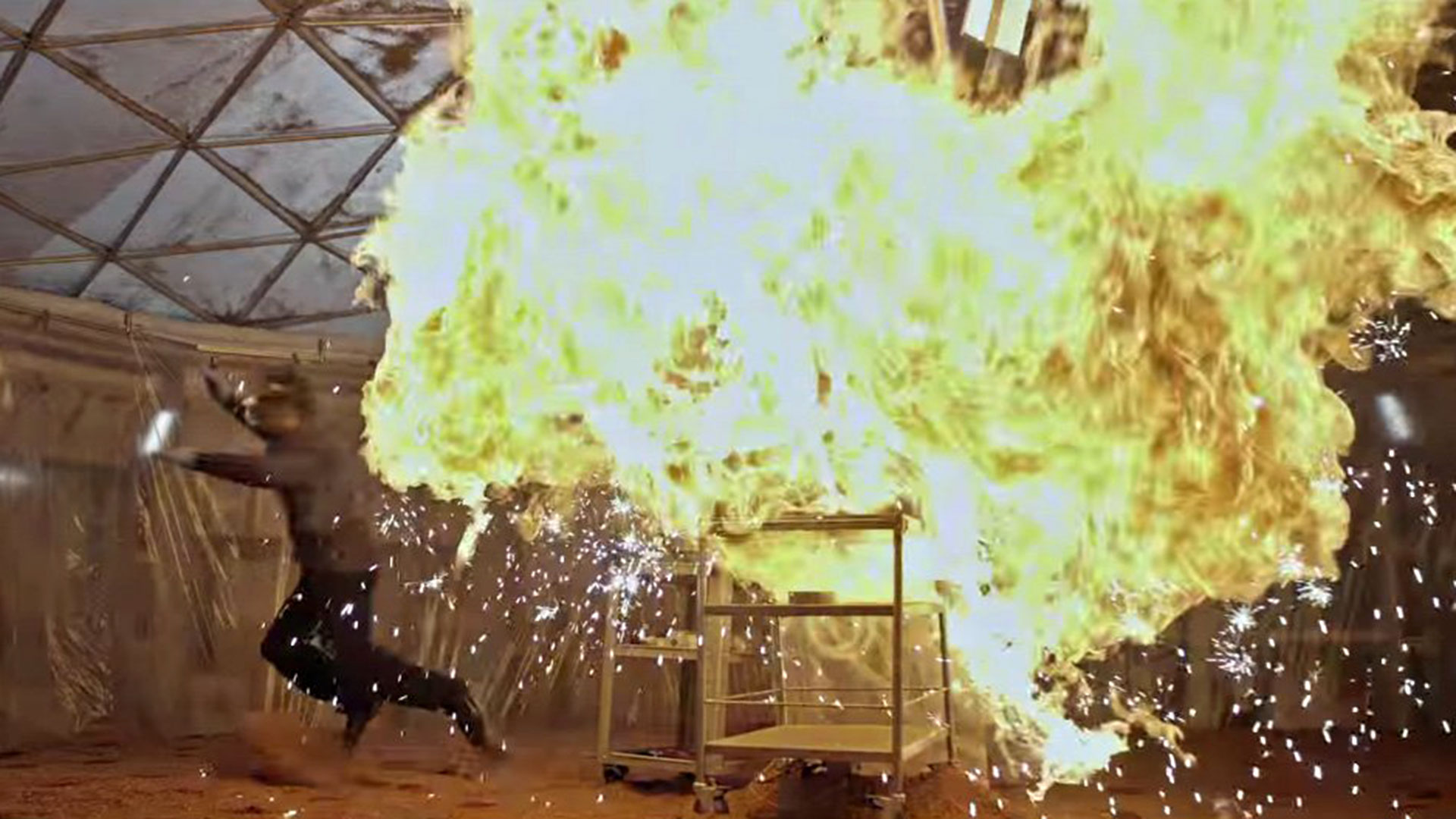

Pyromaniacs rejoice, as the day has come to finally conquer the final frontier: space. Later this month, NASA will set a space craft on fire—just to watch the mother burn.
In the name of science, of course. Spacecraft-Fire-Experiment-I, or Saffire-I for short, is designed to give NASA real-world insight into exactly what happens were a fire to break out onboard a spaceship in flight. While the agency has been firing humans into space for six decades, it (blessedly) has minimal experience with large-scale fires occurring in a zero-gravity environment. So, rather than have Donald Glover spitball some calculations on the back of a napkin, NASA is going old-school and performing a practical experiment to see how fire spreads onboard a spaceship.
If all this is giving you frightening flashbacks to Apollo 13 (or Apollo 1, if you’re a true space nerd), don’t worry—no astronauts or cosmonauts will be harmed during the experiment. The test will be conducted on an unmanned Cygnus supply craft that’s scheduled to take off on March 22. After it drops off a load for the International Space Station and picks up the crew’s garbage, the Cygnus will undock and navigate a safe distance away from the space station, at which point NASA ground controllers in Virginia will light that puppy up via remote control.
If you’ve been picturing an entire space ship full of trash burning ferociously until every ounce of available oxygen is consumed, well, slow your roll. The experiment will actually be conducted inside a desk-sized box within the Cygnus, one that’s outfitted with cameras, sensors, and other monitoring equipment to capture as much information as possible. The fire itself will spread across thin membranes of different flammability ranging from about one to three feet long. Once the experiment is complete, the Cygnus will beam the data back to NASA, then initiate its planned descent towards the Pacific Ocean…at which point, everything inside will burn up for real.
The experiment is important because fire operates very differently without gravity. On Earth, the heat from a fire induces convection, causing the warm, oxygen-depleted air to rise; this then sucks in cooler, O2-rich air from nearby, feeding the fire and causing the characteristic flame shape we all know so well. In zero-g, though, there’s no convection so the heat dissipates evenly. Candles in space burn with a small, dome-like flame. (NASA has run fire-related tests on space missions before, but on a much smaller scale.)
NASA hopes the experiment, as well as the two successive Saffire missions, will not only help space agencies figure out better ways to combat onboard fires before they become disastrous, but also help with fire suppression efforts in tight environs here on Earth—think mini-subs, aircraft, mines, etc. Still, with NASA and others beginning to prep for space flights to the likes of the moon and Mars, knowing how to deal with any potential conflagration is valuable knowledge. Stop, drop and roll isn’t particularly helpful when “drop” has no meaning.
